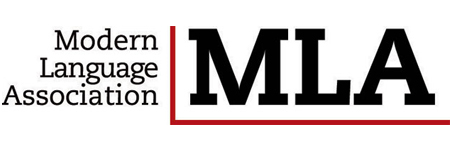Repositioning the Film and Novel Nur Baba (1922) within the History of the Othering of Alevis
DOI:
https://doi.org/10.24082/2025.abked.491Keywords:
Turkish Cinema, Turkish Literature, Alevism, Representation of the Other, Nur BabaAbstract
The novel Nur Baba, written by Yakup Kadri Karaosmanoğlu, was first published in 1922, and in the same year, it was adapted into a film by Muhsin Ertuğrul. The film was met with strong reactions from the Alevi and Bektashi communities at the time of its release and screening, as it portrayed Alevis/Bektashis as a sexually deviant and morally corrupt group. The portrayal of Alevis as morally degenerate and sexually perverse has a long history in Turkish literature and media—one that spans nearly a century. It can be argued that, at a certain point in this timeline, the “morally degenerate Alevi” character became a literary stereotype.
This study aims to situate both the Nur Baba film and novel within this historical context and to explore the novel’s role in contributing to the aforementioned stereotyping. Since no copy of the film has survived to the present day, the analysis is conducted through a descriptive method based on the novel. As the film was closely adapted from the novel, the evaluations regarding the film are also grounded in the novel’s content. In line with the study’s objective, the novel is analyzed within the framework of scholarly literature that addresses how dominant identities construct accusations around the sexuality of the “other.”
The article critically revisits the literary and artistic discussions surrounding Nur Baba—both as a film and a novel—in service of its goal. It also highlights how certain publishers in Turkey have continued to reprint books that include hate speech against Alevis/Kızılbaş communities, without altering their original content.
This study argues that the novel Nur Baba marks a turning point in the history of the othering of Alevis and that it left a methodological legacy in Turkish literature and art for the negative representation of Alevism. To better understand the novel’s place in this history, works and media products that portray Alevis negatively in Turkish publishing and television are discussed in chronological order at the end of the article. Finally, the article emphasizes that the resistance shown by the Bektashi community at the time played a key role in preventing the “morally corrupt Alevi” character, prevalent in literature between 1922 and 1959, from becoming a cinematic cliché.
Downloads
Downloads
Published
How to Cite
Issue
Section
License
Copyright (c) 2025 Journal of Alevism-Bektashism Studies

This work is licensed under a Creative Commons Attribution-NonCommercial-NoDerivatives 4.0 International License.








